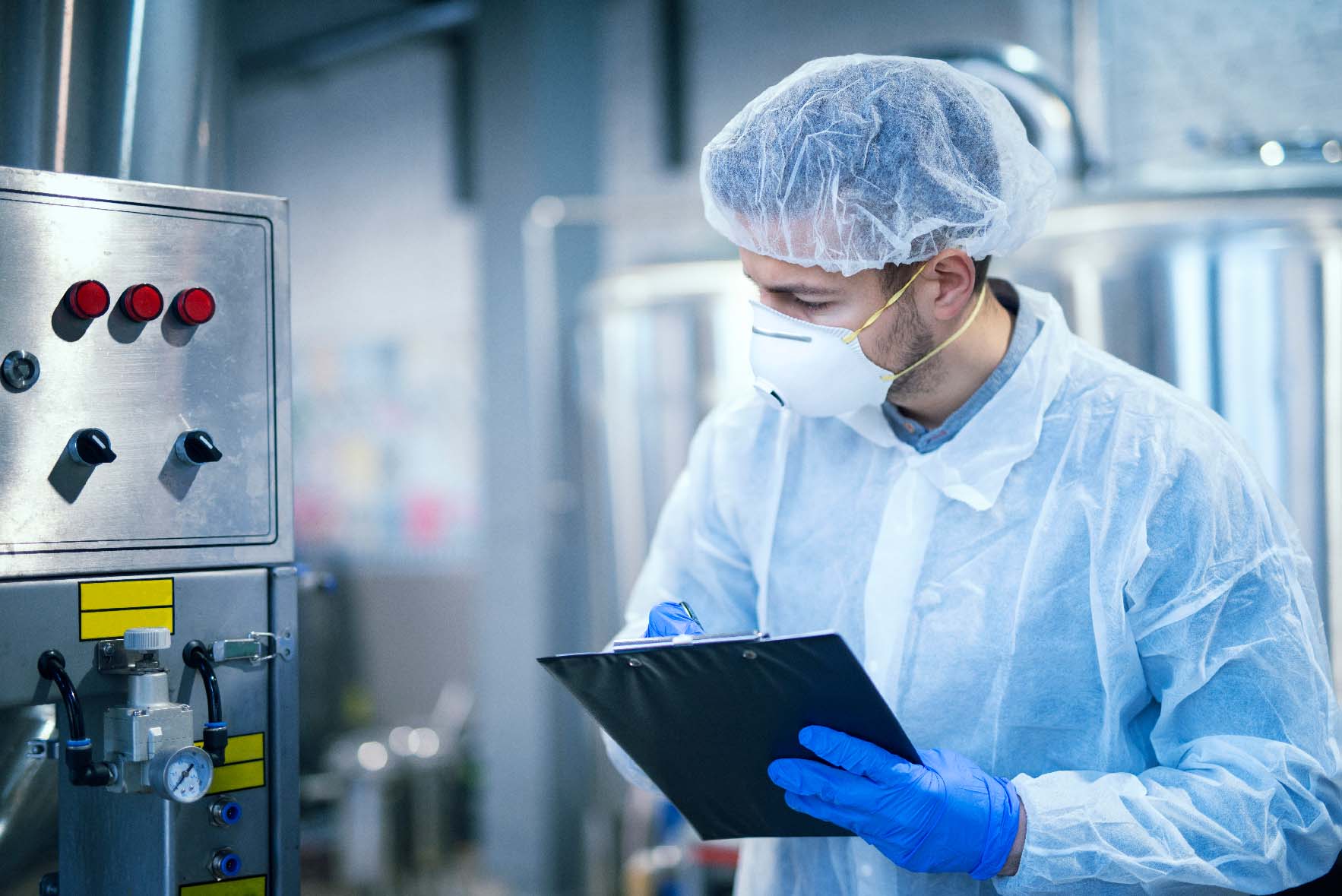When the Police sang about “Every Breath You Take” in the 1980s, they could have just as easily composed a song called “Every Product You Make” dedicated to Product Stewardship and managing the chemicals and substances in the products we use.
So what does a product steward do? That’s a good question. It is a business function that every chemical company performs, even if they don’t define it as such.
“Product Stewardship is a very messy term that is not understood by all companies,” said Francis Trudeau, Sphera’s director of product management for Product Stewardship. “However, all companies based in chemicals … do some activities which do relate to Product Stewardship.”
The Product Stewardship Society defines the term this way:
“Product stewardship is the act of minimizing the health, safety, environmental, and social impacts of a product and its packaging throughout all lifecycle stages, while also maximizing economic benefits.”
From cradle to grave, Product Stewardship examines and monitors the “well-being” and behavior of a product.
Laura Patrick, Sphera’s solution manager for Chemical Management, added: “When I think of Product Stewardship, I think about the life cycle of a product.” That means evaluating the material properties that go into that product and what their potential impacts are on the people who work with those substances when creating a product and any potential dangers or just need-t-know information about having that substance in the product. And that means throughout the supply chain.
So a definition is no easy task, but we’ll give it the old college try. We’ll start with the basics: Every product is made up of different substances; some are hazardous while others are not.
If you’ve ever been to a grocery store—and we’re guessing you have—we’re sure you’ve turned to the back of a product to read the warnings. For example, a generic bottle of acetaminophen, which people use for headaches, back aches, etc., warns that “Severe liver damage may occur if you take more than 4,000 mg of acetaminophen in 24 hours.”
For industry and companies, these types of warnings are known as Safety Data Sheets, or SDSs, and they show people what the potential dangers are with the particular substance in question.
Much like everything else related to chemicals, things are often complex. As Rosemary Feiter, Sphera’s senior manager of authoring services, wrote in a blog post: “Evaluating a substance is challenging. It may sound elementary, but we must first consider the physical state of a substance when assessing its hazards. Is the substance a liquid, gas or solid? If it is a solid, is it in a powder form or a massive solid? If it is a powder, what is the particle size? This apparent simple question on physical form matters as these variations could have an impact on the substance’s hazards.”
True Product Stewardship is about taking Total Control of products and their chemical components throughout their life cycles. And the challenge of doing so has never been more important. The new global economy that we operate in requires organizations that do business in multiple nations to comply with increasingly stringent regulations.
The main areas that Product Stewardship focuses on are Product Sustainability, Chemical Management, Product Compliance and Sustainability-related areas, such as Life Cycle Assessment and reducing carbon footprint.
If you’re able to manage those areas by focusing on Safety, Sustainability and Productivity throughout the supply chain, yep, you guess it, you’ll be “Walking on the Moon.”

